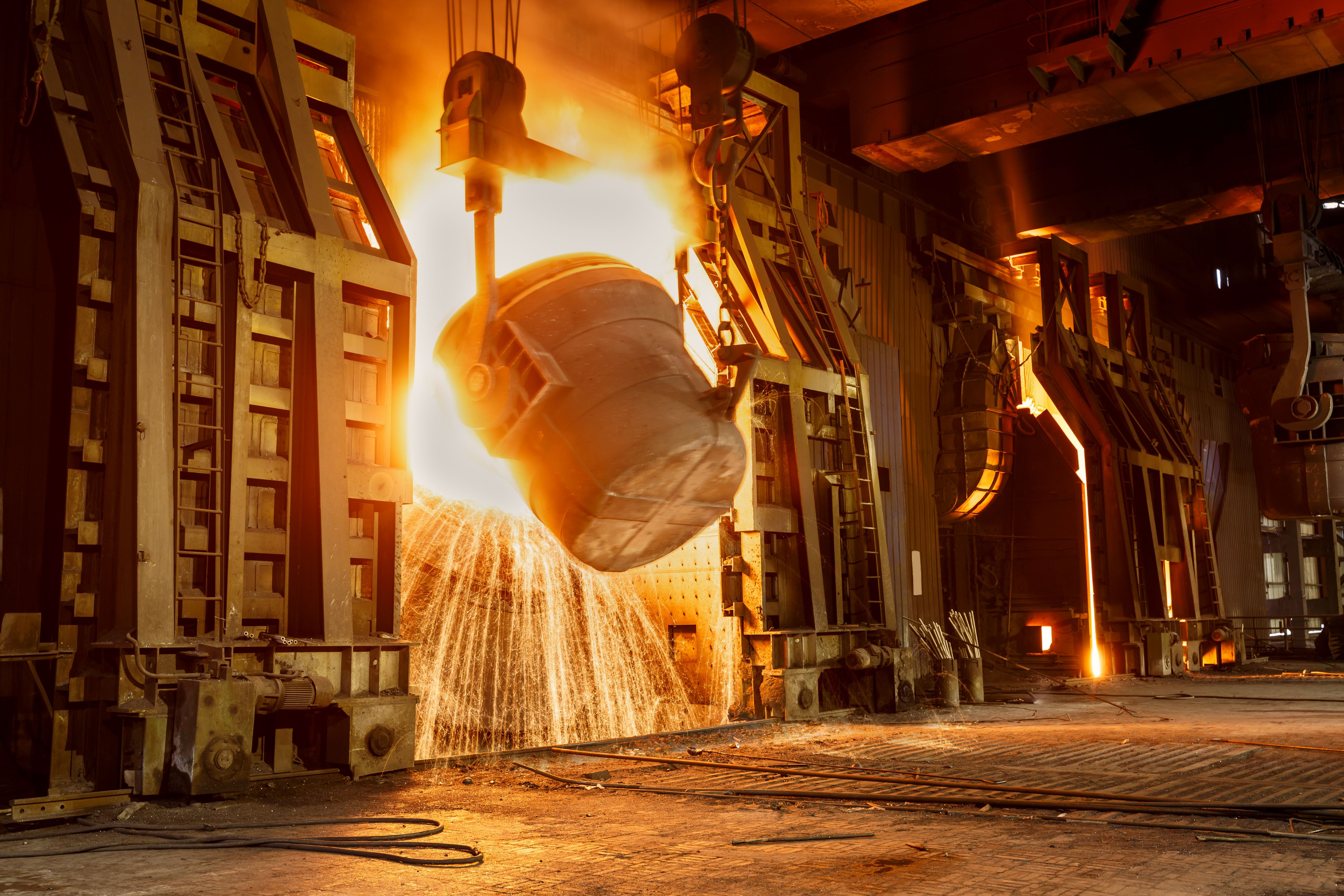
The IOE&IT Daily Update’s regular feature on globally traded commodities returns with the crucial metal, steel.
Steel remains one of the most important products in the world market, and is a useful barometer for the global economy. Rising and falling demand can be an early sign of the direction businesses expect the economy to take.
Since much of the world uses steel in construction or manufacturing, rising demand can indicate a growing economy, whereas falling demand may well indicate a contraction.
Towards the end of 2023, this dynamic played out as spiralling energy costs and stagnating growth in many major steel-consuming countries, such as the US and China, saw demand for the metal dip considerably.
Improving market
The World Steel Association predicts that, after several years of poor growth and volatility, demand will rise over the next two years.
In its Short Range Outlook, Worldsteel expects that global demand will grow by 1.7% in 2024 before rising by a further 1.2% in 2025 to reach a total of 1,816m tonnes.
Dr Martin Theuringer, chairman of the Worldsteel Economics Committee, said that the association was seeing “early signs of global steel demand settling in a growth trajectory in 2024 and 2025” after a rocky few years which included the Covid-19 pandemic.
“While it seems the world economy will experience a soft landing from this monetary tightening cycle, we expect to see global steel demand growth remaining weak and market volatility remaining high on lagged impact of monetary tightening, high costs and high geopolitical uncertainties.”
Demand
Demand had been pushed down in recent months, as doubts continued to swirl around the global economy. Predictions of a slowdown in the economy of China, a major steel purchaser, had driven down the price of iron ore, used in steel production. The ongoing Chinese property crisis has caused the price of steel to drop, as construction giant Evergrande continues its slow-motion collapse and the housing market craters.
Theuringer said that China’s faltering construction manufacture would be offset by growing demand in the manufacturing and investment sectors, adding that Chinese demand for steel had “peaked” since the high point of 2020.
Other markets
Outside of China, India is expected to increase its demand for steel, increasing its need by 70m tonnes in 2025 compared to 2020.
The Middle East, North Africa and South East Asian regions are also set to increase their consumption of steel, although political instability in the many South East Asian nations could threaten that in the coming years, according to Worldsteel.
Global manufacturing weakness, with high costs and weak demand, is partially being offset by a drive to invest in public infrastructure projects and the green transition, where steel is used in wind turbine projects and rail construction.
Margins improving
In spite of China’s slowing need for the metal, it still sets the market due to its size as a national purchaser, and any sign of growth in the economy has an impact on the price of steel.
The price of iron ore rose yesterday (9 April) for the second day in a row, as China’s demand grew unexpectedly amid a post-Lunar New Year restocking of ore supplies.
“Steel margins have improved, which may encourage steelmakers to resume production later, thus generating more needs for ore,” Huatai Futures told Mining.com.



